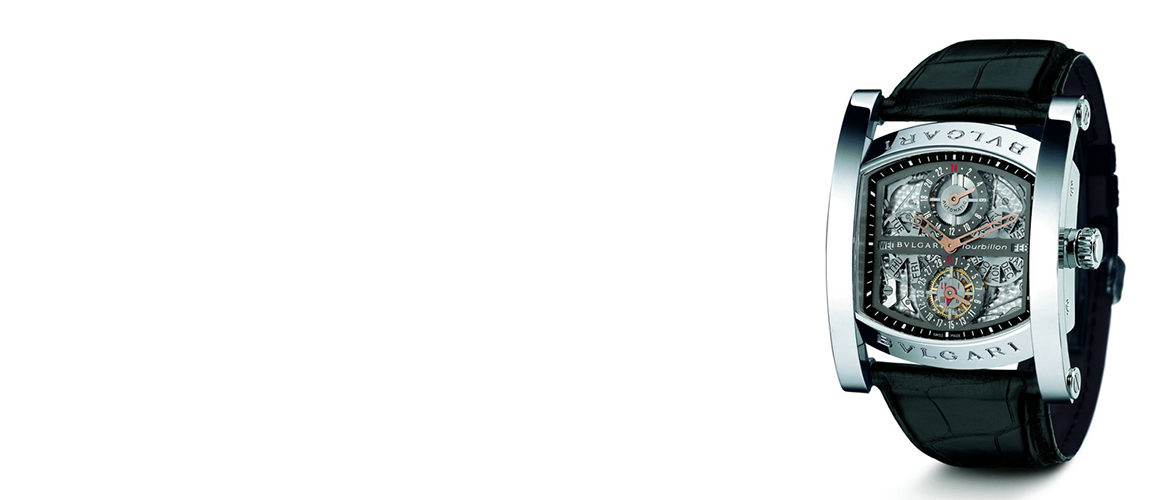Luxury Goods Sales

Study: Luxury Goods Sales Are On A Growth Path
Global sales of luxury goods will increase between 3 and 7 percent each year between now and 2014, while spending on luxury experiences is projected to grow 12 percent. This is what the latest study from the Boston Consulting Group (BCG) shows.
According to the study, these figures assume that no new major economic crises develop worldwide.
BCG’s study was conducted in 2011 with research specialist Ipsos and the International Luxury Business Association, polling about 1000 affluent individuals in 8 mature countries, including the United States, and the four emerging countries, Brazil, Russia, India and China.
Luxury is tied to experiences such as vacations, spas and even high-end hospital accommodations, and now accounts for almost 55 percent of luxury spending worldwide and grew 50 percent faster than sales of luxury goods. In the United States, Europe and Japan, this is due to the aging of consumers who drove the luxury boom in the 1990s. They are now at a life stage where they don’t need or want to own more things but are instead much more interested to spend their money on experiences.
Luxury consumers values are evolving, with family and wellness becoming more important to consumers in every country surveyed. A crucial contributing factor to this shift, in addition to questions raised by the financial crisis, is the “fading boundary” between luxury and mass markets, with capsule collections for high-end designers now available at H and M and Target and the rise of new distribution channels for luxury goods at discount prices. Today’s consumers are looking for something special in a world of mass production.
In 2015, China will be the world’s biggest luxury market. An evaluation of eight luxury companies between 2008 and 2011 shows a 42 percent increase in the number of stores in Asia at that time, compared to a 5 percent increase in North America, 28 percent rise in Asia and 31 percent increase in the rest of the world.
Over the past year, luxury brands focus on digital media has increased. For example, the study cited the increase in the number of fans following luxury brands on Facebook between February 2010 and May 2012. Among the brands cited were: Tiffany and Co., where the fan count increased from 152 to 2,194; Bulgari, 19 to 697; Cartier, 33 to 690 and Chopard, 1 to 183.
Credits: Image source: sibaritissimo.com
[info]Call Right Now! 1-877-842-5760[/info]
Look at our “News” section to help you make the right buying decision.
